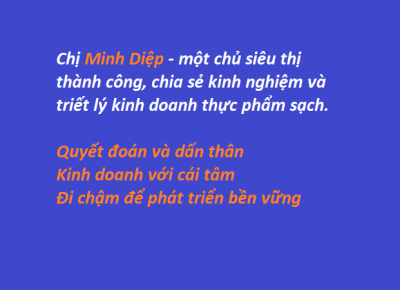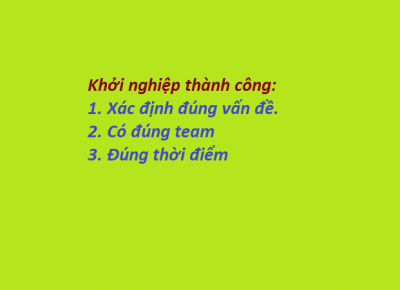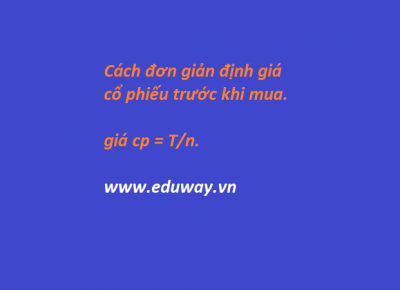The Genius of Leonardo Da Vinci
Across the centuries, each generation has interpreted Leonardo da Vinci (1452-1519), finding him to be remarkably modern. At the 500th anniversary of his death (May 2, 2019) we can consider Leonardo’s meaning in our era. Our fundamental nature as human beings has not changed in 500 years, but our environment has transformed at an extraordinary rate, along with our perspectives on his accomplishments—and our own.
THE NATURE OF GENIUS
Leonardo is a genius and a potent symbol of the “universal man” because of the breadth of his interests in the arts, science and technology, spanning disciplines from chemistry (he discovered acetone) to astronomy (he discovered the lumen cinereum of the moon) to math (he discovered the center of gravity of a pyramid) to working with plastics.
Genius takes many forms, and in Leonardo’s case we recognize his limitations. He was defensive about his lack of formal education; he called himself "omo sanza lettere" (a man without letters). He had trouble with basic arithmetic operations, and his Latin skills were weak. He surely would not have performed well in a modern school system, and his IQ might have been tested as low. (I do not believe he can or should be diagnosed with any condition such as autism spectrum disorder or attention-deficit/hyperactivity disorder.)
Many people wonder if there could be a genius like Leonardo today, or what a person of his disposition would do. Perhaps there cannot be another like him because today’s world requires tremendous specialization. Many of us are in fields that demand interdisciplinary thinking. But few scientists, physicians, poets or politicians today are called geniuses.
A UNIFIED VISION OF NATURE’S LAWS
Leonardo’s science was grounded in the Aristotelian world as shaped by 18 centuries of interpreters. He developed a system of what he called the four powers of nature: movement, weight, force and percussion. Although he struggled to define these concepts, and many of the ideas are archaic, it is telling that he developed a coherent model for all natural phenomena ranging from the macrocosm (e.g., geological forces that lead to the formation of rivers and oceans) to the microcosm (e.g., human anatomy).
I believe he was excited about his conception of the four powers and how they informed his art and science. We are on a similar kind of path today, seeking the grand unification of the laws of physics as we study natural phenomena from subatomic particles to the history of the universe. Few of us extend this attempt at unification to the arts as well.
VISUALIZED KNOWLEDGE
To Leonardo, vision is the noblest of the senses and of paramount importance, and his passion for vision was extreme. "The eye is the window of the human body through which the soul views and enjoys the beauties of the world. Because of it, the soul is content in its human prison, and without it this human prison is its torment" he writes in his Paragone (comparison of the arts). He emphasized ways to visualize knowledge and he pioneered anatomical illustration.
To Leonardo, painting was a science, and the creative act of painting is useful to visualize the world. As an anatomist and physiologist he decided at one point that the sense of vision is so important that it must be mediated by its own brain region, the “imprensiva.”
Seeing also has the meaning of paying attention, and Leonardo did this with exquisite patience. He would strike a dusty table and describe the pattern by which the dust settled again. He performed repeated dissections of the body, and when his observations conflicted with those of his authorities, he was sometimes able to liberate himself and pioneer original discoveries.
FAITH IN EXPERIENCE
Leonardo was most comfortable relying on his senses as the basis of meaningful experience. He summarizes his attitude about the surety of science. “To me it seems that those sciences are vain and full of error which are not born of experience, mother of all certainty, firsthand experience which in its origins, or means, or end has passed through one of the five senses. And if we doubt the certainty of everything which passes through the senses, how much more ought we to doubt things contrary to these senses such as the existence of god or of the soul or similar things over which there is always dispute and contention,” he writes in his Treatise on Painting. For Leonardo, this faith in experience was largely visual. In the 21st century we understand we cannot derive all knowledge from sensory experience, and many us studying genomes or otherwise using computers have encountered the limits of empiricism. Confronted with today’s world, no doubt Leonardo would have been brilliant at visualizing information.
INTERDISCIPLINARY SCIENCE
Leonardo’s thinking was interdisciplinary. When he injected wax into the brain or into the heart to make casts of the inner workings of the body, he was borrowing the “lost wax” technique familiar to sculptors. When he studied friction and invented roller bearings and ball bearings he reasoned that frictional resistance differs according to the nature of the surfaces in contact, and increases in direct proportion to load, and he even estimated (for the first time) a coefficient of friction. But he went further to realize its relevance not just to machines but to the movements of tendons over bones; to the creation of heat by the heart; and to the production of voice by the friction of air on the vocal cords.
CREATIVITY IN SCIENCE AND ART
Creativity is productivity marked by imagination. Creativity is as basic to art as to science. We can be creative as teachers, as students, as writers and readers. We can appreciate the many facets of Leonardo’s creativity, and it can inspire us today.
Leonardo combined science, art and engineering in a unique way. In his time “scientia” referred to knowledge while “ars” referred to manual proficiency. The modern distinction between the sciences and humanities, famously described by C.P. Snow, did not exist as it does today. Leonardo was well positioned as an artist to assume the mission of a scientist. For Leonardo, the artist’s creative, noble purpose is to depict the natural world. The artist must understand the entire world as a scientist would
FULFILLMENT OF HUMAN POTENTIAL
Today we can appreciate all that Leonardo accomplished, as well as his many failures, seeing someone who fulfilled his potential in a unique way. He was appreciated as an extraordinary artist in his own lifetime, and his admirers had a sense that his explorations of the worlds of science and engineering were exceptional. He has inspired generations for 500 years, with our appreciation growing in the past century as we have been able to interpret his writings.
As ever-increasing access to information and technology shapes today’s world, we as a society may reflect on Leonardo’s values of creativity, curiosity, talent and knowing how to see. We admire his values, and we may wonder how they fit into contemporary society. I am not sure he would have thrived. We can also wonder how his values could help each of us try to fulfill our own potential; from this point of view, millions of us are inspired by his life’s journey.
Origininal article on Scientific American









